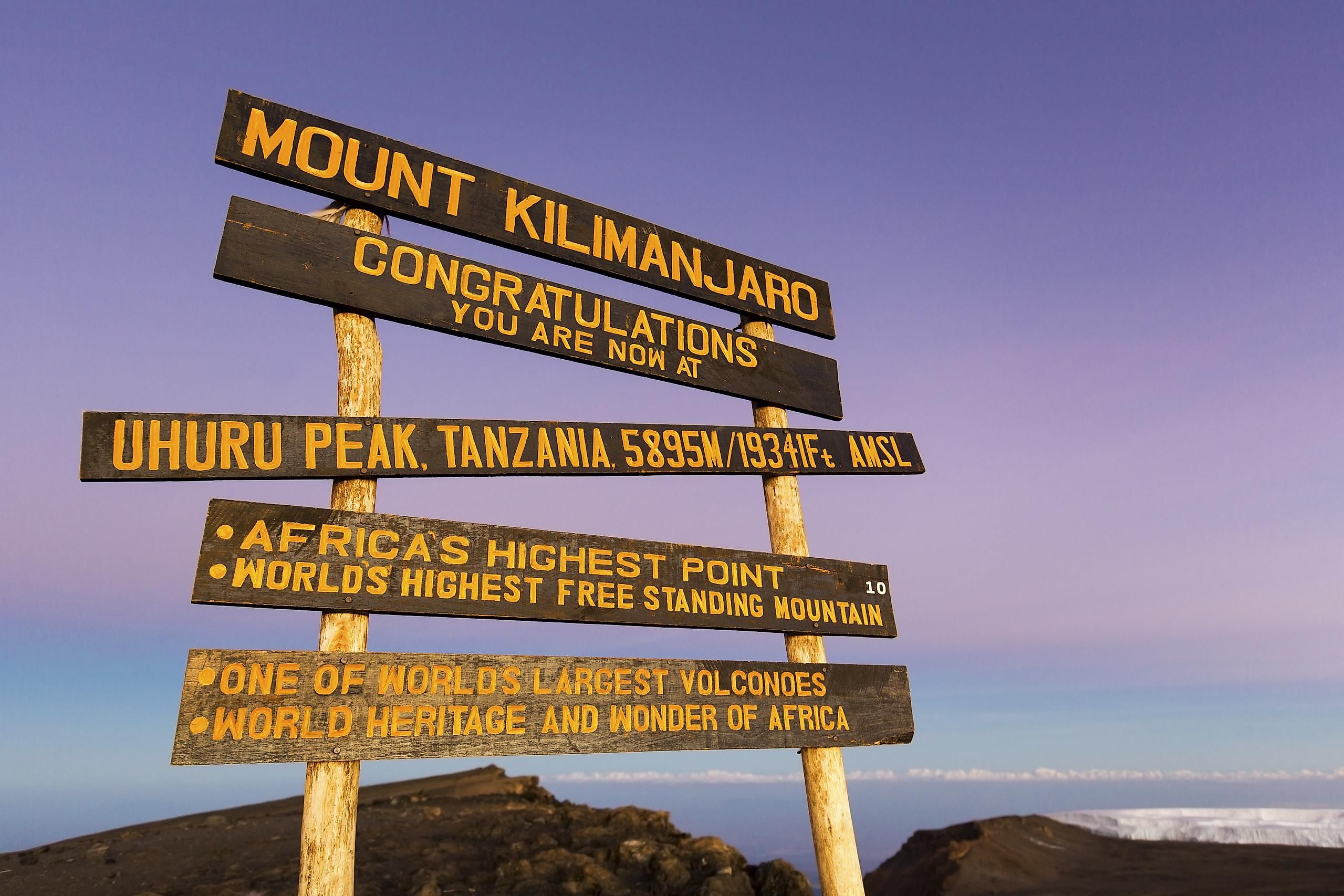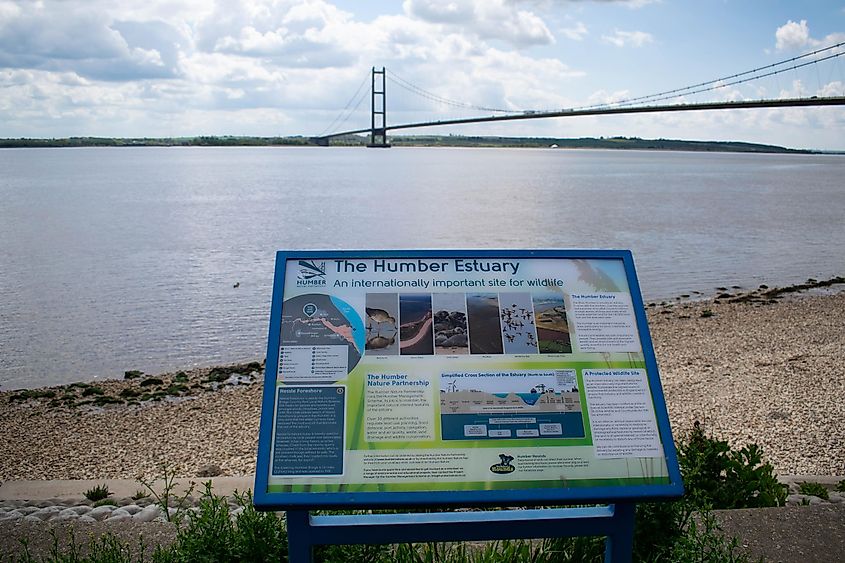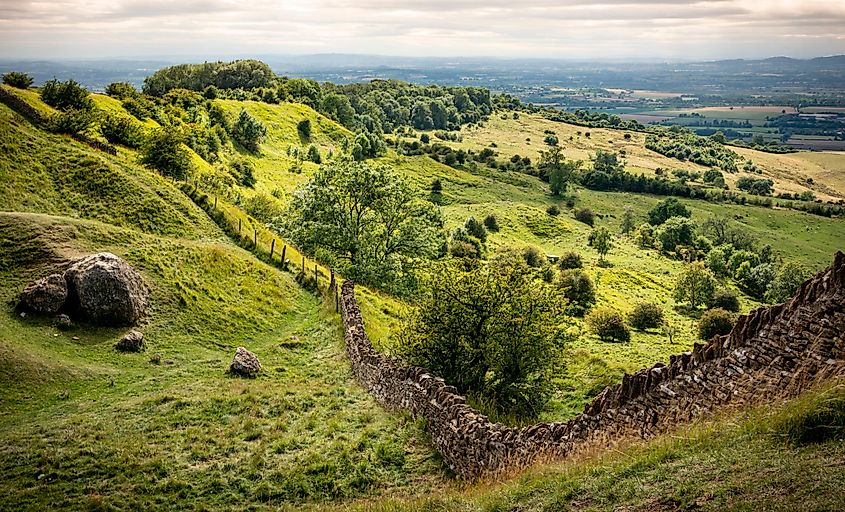
Tautological Place
A tautological place refers to a location that has a name made up of two words with the same meaning. The two names are usually from different origins where one word becomes the same as the other when translated into a common language. Tautological places are geographical features whose names were usually derived from a different language (commonly a language native to the geographical feature’s location).
Rivers

There are many rivers whose names make them examples of tautological places. Some of these rivers are found in the United States, including the Cuyahoga River whose name is derived from the Mohawk word Cuyahoga which means “crooked river.” Therefore, it translates to "Crooked River River." The Loxahatchee River in Florida is another example, with the river’s name is made of the Indigenous words Luxa and Hatchee, leading to a full English name that means Turtle River River.
In England, River Avon is an example of a tautological place since Avon is a Welsh word that means “river.” River Humber in England is another example with Humber being a Brythonic word that means “river.” The Futaleufu River is an example from Argentina, with its name Futaleufu being derived from a Mapuche word meaning “big river.”
Lakes
Numerous lakes around the world are examples of tautological places. One such lake is a caldera lake in Germany known as Laacher See. “Laacher See” is translated to mean "Lake of the Lake." An example from Russia is Lake Baikal, whose name comes from the Turkic words Baj and Kal which mean "rich lake."
Laguna Lake in California is another example of a tautological place since Laguna is a Spanish word that means “lake.” Lake Chad in Africa gets its name from the Bornu term Tsade which means "lake." When translated to French, Minnesota’s Mille Lacs Lake would mean “thousand lakes lake.”
Mountains And Hills

Tautological places also include hills and mountains. An interesting example is Bredon Hill in England. In old Brythonic, the hill’s name is translated to mean "hill hill hill." Bergeberget is a hill in Norway whose name means “The hill hill” in Norwegian. Fjallfjallen is a mountain, also in Norway, that is a tautological place. "Fjallfjallen" is a Norwegian name meaning "the mountain mountains." In Iceland, the Hoffellsfjall is a mountain whose name means “monastery mountain mountain.” Africa’s highest mountain, Mount Kilimanjaro, is a tautological place. The mountain’s name is derived from Swahili words Kilima and Njaro meaning the "mountain of Njaro." There is some debate as to what exactly Njaro refers to.
Tautology
Tautological place names are examples of linguistic tautology. Tautology in linguistics and literature is defined as a statement that repeats the same idea twice or more. The term "tautology" is used in reference to redundancies of propositional logic as well as rhetorical tautologies.











